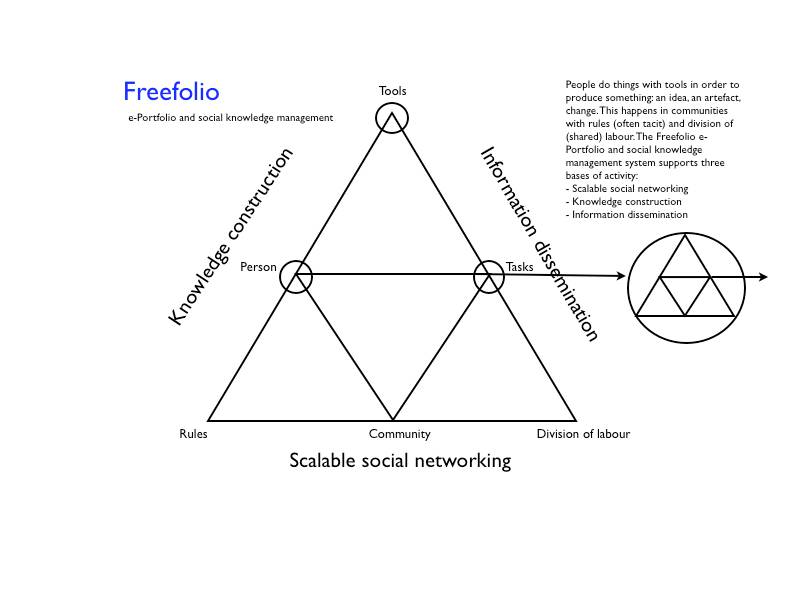Developing communities
Before Christmas, I commented at some length on the problems over Eduspace and about how communities can and should be organised. There is much to learn from the Eduspaces issue and I have spent much of the last couple of days pondering on it. The reason – a new project with very small funding from the Jisc Emerge programme.
The following abridged version of the funding application explains the aims of the project:
“1. develop an international Community of Practice in Technology Enhanced Learning Research);
2. promote a two way discourse between member of the Emerge community (and in particular Emerge projects) with members of the wider international research community;
3. provide a forum for dissemination of Users and Innovation programme funded projects;
4. develop international research teams in conjunction with User and Innovation funded projects;
5. establish a discourse between researchers and developers in Technology Enhanced Learning (TEL);
6. a mutual commitment to warranting causality and exploration of international notions concepts of impact and effect of technologies on learning.
What we will do
4.1 Stage 1
Stage 1 of the project will involve a deep analysis of user needs. Given the dispersed nature of the community this will be undertaken through:
a) A web based survey of potential users.
b) Follow up in depth interviews using Skype.
The data will be subject to a user analysis focusing on gathering information in the following areas:
- what kind of people the users represent;
- the tasks and activities of users;
- understanding and insights into the user context.
This data will in turn be used to generate a scenario based User Needs Analysis. The scenario will take into account both infrastructure requirements in terms of community platforms and tools and requirements for activities.
4.2 Stage 2
Stage 2 of the project will involve the rapid prototyping of a community platform. This will be based on the existing beta Freefolio collaboration software which is already at an advance stage of maturity and being tested with three user groups.
4.3 Stage 3
Stage 3 is based on facilitating the emergence of the community.
This will include:
1. testing and evaluation of the Community platform and tools;
2. facilitation of community events. Whilst the form of the events depends to a considerable extent on the results of the User Needs Analysis it may include: on-line seminars and presentations, on-line poster sessions, on-line conferencing, research fora and the formation of virtual international work teams. .
Stage 4
Stage four will comprise the ongoing evaluation of the project activities. This will be carried out using a creative slant by adopting the collaborative community based tools as the vehicles for building the evaluation which itself will become a reflective exercise engaging both project members and the community itself.”
I will write another post over the weekend about some of the issues in implementing the project. In the meantime if you are intersted in taking part in the project just get in touch.

